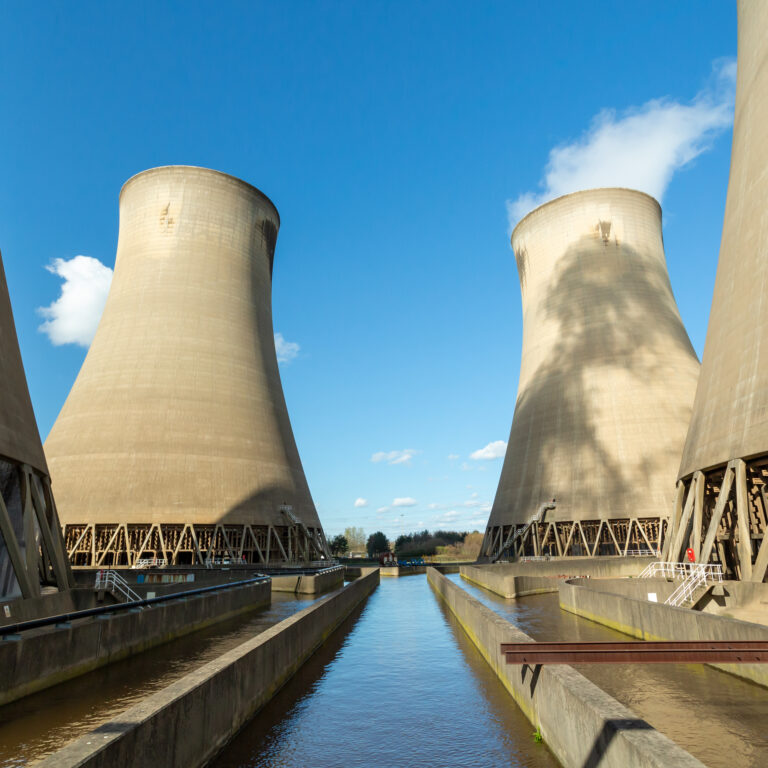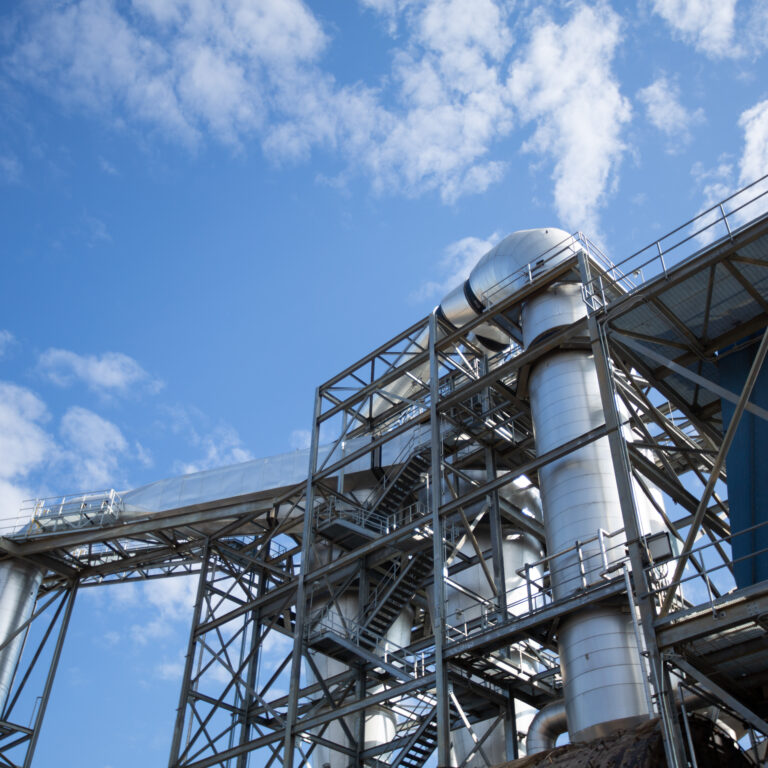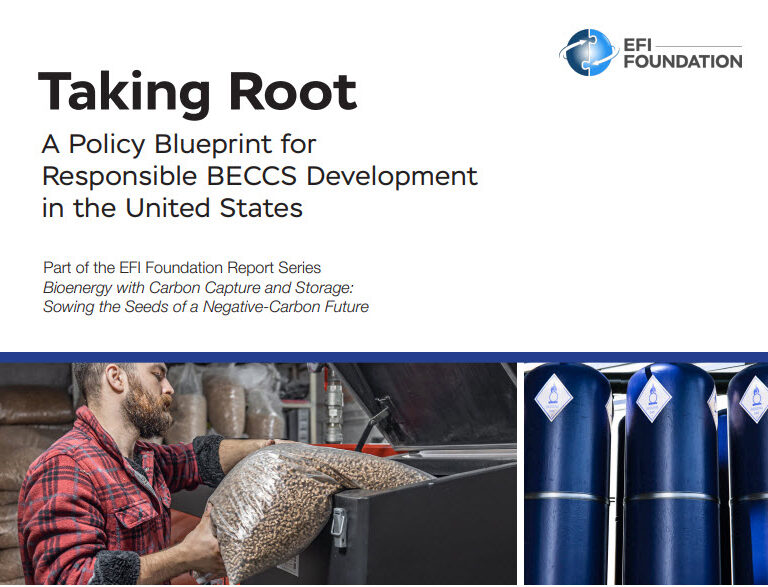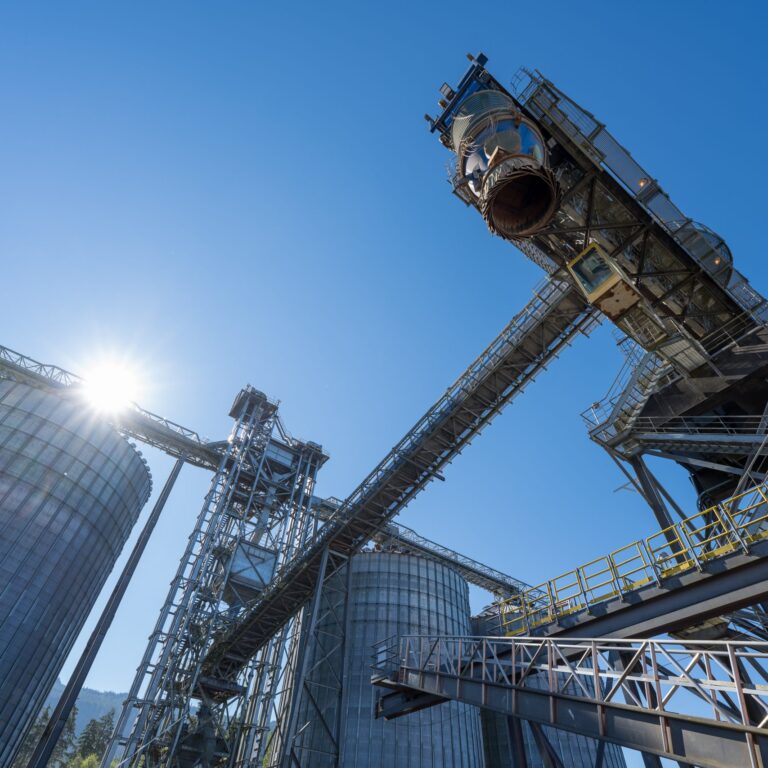Progress towards meeting our world-leading ambition to be a carbon negative company by 2030.
Drax was the first energy company in the world to announce an ambition to be carbon negative by 2030. We are confident we can achieve it – pioneering new technology is what we do best.
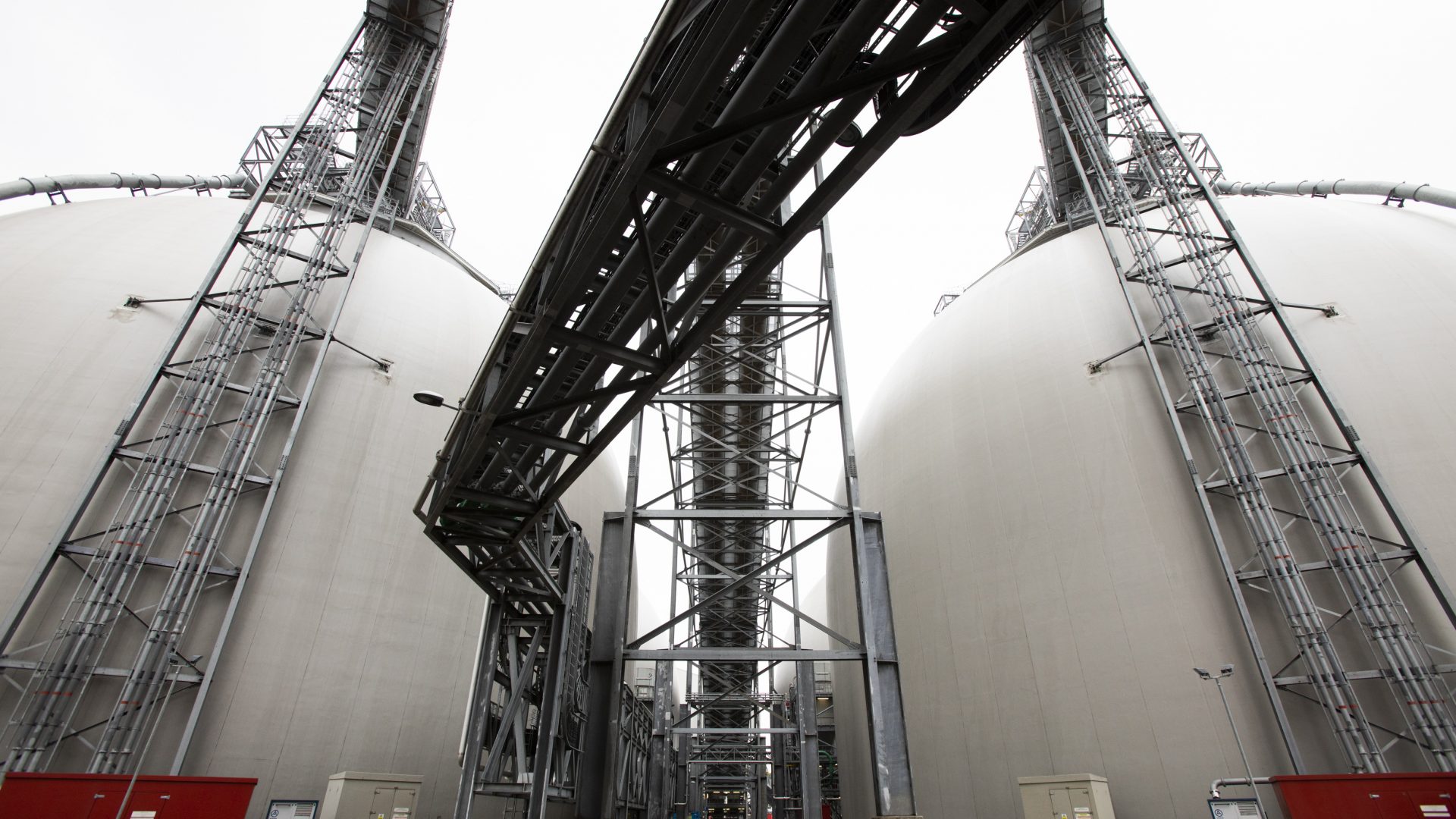
Being carbon negative means removing more carbon dioxide (CO2) from the atmosphere than produced in our operations, creating a negative carbon footprint. Our carbon negative ambition includes all Group scope 1 and 2 emissions and will include the foreseen negative emissions.
Achieving this carbon negative ambition is critical to beating the climate crisis. It will also enable a just transition, protecting jobs and creating new opportunities for clean growth – delivering for the economy as well as the environment.
How we are progressing towards our ambition
We achieved a 74% reduction in carbon intensity of power generation, from 311 tCO2 / GWh in 2017, down to 80 tCO2 / GWh in the first half of 2021.
In the first half of 2021, our CO2 emissions per unit of electricity were just 9% of their 2012 amount (882 tCO2 / GWh) – a decrease of 90.9%.
Eight million tonnes (Mt) of negative emissions are illustrative of potential negative emissions from two units at Drax Power Station, based on current estimates of 4Mt per unit per annum.
Our rapid decarbonisation is thanks to our move away from coal (937 tCO2 / GWh), to biomass (120 tCO2 / GWh) and hydro (0 tCO2 / GWh). In January 2021 we sold our gas power stations and the following month, committed not to build any combined cycle gas turbine (394 tCO2 / GWh) power stations*. The gas sale is too recent to be reflected in data on this page.
Drax Power Staton is now the largest single site generator of renewable power in the UK, producing 14.1 TWh in 2020.
Each of our power generation and storage technologies can be operated flexibly. They deliver electricity and essential system services in support less flexible renewable technologies dependent on weather conditions. Our technologies will play an important role in the UK’s transition towards net zero by 2050 and a grid powered predominantly by intermittent wind and solar.
- * Carbon intensities from ‘Measuring the progress and impacts of decarbonising British electricity’ (Dr Iain Staffell, Energy Policy, Volume 102, March 2017)
How Drax's decarbonisation compares to other large utilities?
Source: Bloomberg/own company data
What next?
Using bioenergy with carbon capture and storage (BECCS), we will remove more CO2 from the atmosphere than is emitted during power generation, creating a negative carbon footprint for Drax by 2030.
Our ambition is only achievable with an effective negative emissions policy and investment framework, which the UK Government is developing.
By 2030 we must:
- Close our two remaining coal-fired power generation units at Drax Power Station. We stopped commercial power generation using coal in March 2021.
- Have two biomass units operating with BECCS running at 90% availability, capturing and storing eight million tonnes of CO2 a year
We have included all harmful greenhouse gases as defined by the Kyoto Protocol in our calculations.









